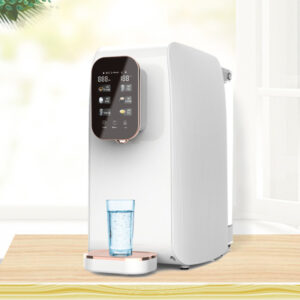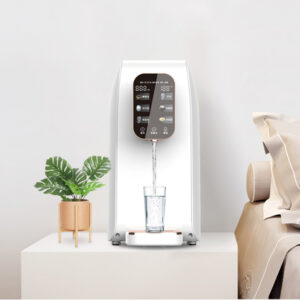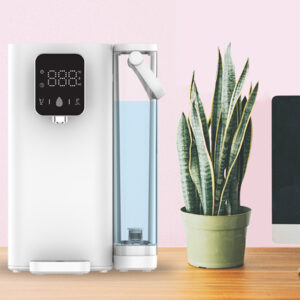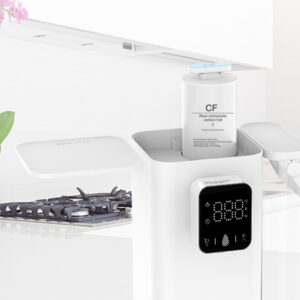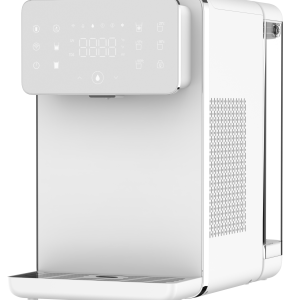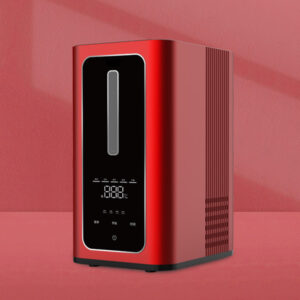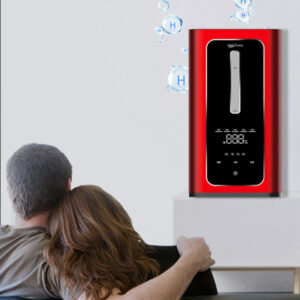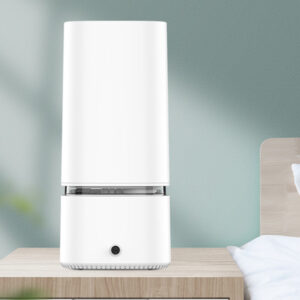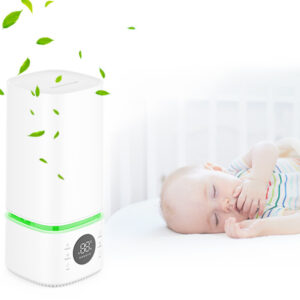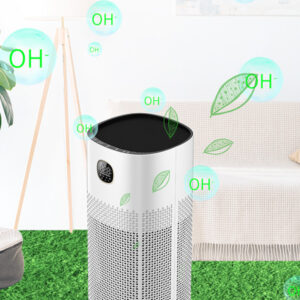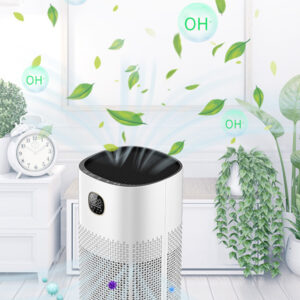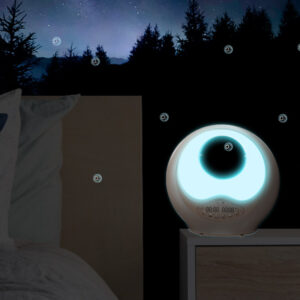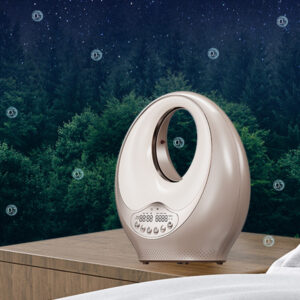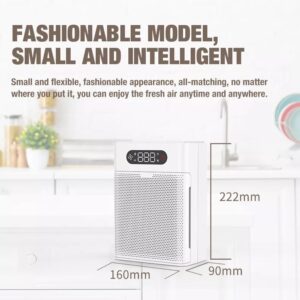What Is The Best Air Purifier For Mold?
What Is The Best Air Purifier For Mold?
Mold is a pervasive problem in many households, thriving in damp and humid environments. It can grow on various surfaces, including walls, ceilings, and furniture, often going unnoticed until it becomes a significant issue. The health risks associated with mold exposure are well-documented, ranging from mild allergic reactions to severe respiratory conditions. For individuals with asthma, allergies, or compromised immune systems, mold can exacerbate symptoms and lead to more serious health complications. Even those without pre-existing conditions may experience coughing, sneezing, and skin irritation from prolonged exposure.
One of the most effective ways to mitigate the presence of mold spores in the air is by using an air purifier. Air purifiers are designed to filter out airborne particles, including mold spores, thereby improving indoor air quality. However, not all air purifiers are created equal, and selecting the right one for mold requires careful consideration of several factors. In this comprehensive 2000-word guide, we will explore what makes an air purifier effective against mold, review some of the top models on the market, and provide tips on how to use them effectively to combat mold in your home.
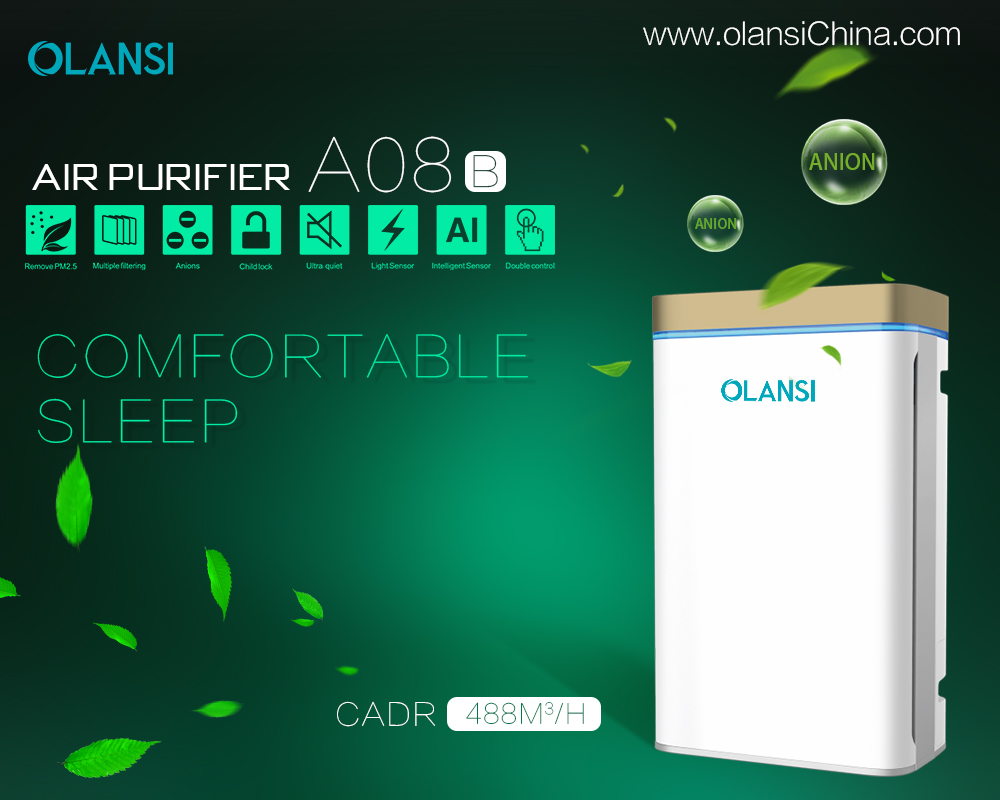
Why Air Purifiers Matter for Mold Control
Mold spores are microscopic particles that can become airborne, making them difficult to eliminate without proper filtration. When inhaled, these spores can trigger allergic reactions, asthma attacks, and other respiratory issues. The Centers for Disease Control and Prevention (CDC) notes that mold exposure can also cause irritation to the eyes, skin, nose, throat, and lungs. In humid climates or poorly ventilated spaces like basements and bathrooms, mold can proliferate quickly, releasing more spores into the air.
Air purifiers help by capturing these spores before they settle on surfaces or are inhaled. However, to be effective against mold, an air purifier must have specific features tailored to handle small particles and, ideally, neutralize the spores to prevent further growth. Below, we’ll outline the key features to look for and review top-performing models to help you choose the best air purifier for mold.
Key Features to Look for in an Air Purifier for Mold
When shopping for an air purifier to combat mold, understanding the features that contribute to its effectiveness is essential. Here are the critical factors to consider:
1. HEPA Filters
The cornerstone of any air purifier designed for mold is the High-Efficiency Particulate Air (HEPA) filter. These filters can capture 99.97% of particles as small as 0.3 microns, which includes the majority of mold spores. Mold spores typically range from 1 to 100 microns in size, so a HEPA filter is more than adequate for trapping them. However, ensure the purifier uses a True HEPA filter, as some models advertise HEPA-type filters that don’t meet the same rigorous standards.
2. UV-C Light Technology
While HEPA filters excel at capturing mold spores, they don’t necessarily kill them. UV-C light technology can destroy the DNA of mold spores, preventing them from reproducing and spreading. Some air purifiers incorporate UV-C lamps to provide an additional layer of protection against mold and other microorganisms like bacteria and viruses. For maximum effectiveness, UV-C light should be paired with a HEPA filter—the filter traps the spores, and the light neutralizes them.
3. Room Size Compatibility
Air purifiers are rated for specific room sizes based on their Clean Air Delivery Rate (CADR), which measures how quickly they can filter the air in a given space. For effective mold control, choose a purifier with a CADR that matches or exceeds the size of the room where it will be used. Using an underpowered purifier in a large room will result in inefficient air cleaning, while an overpowered unit in a small room may be unnecessarily loud and energy-intensive.
4. Noise Levels
Noise can be a significant factor, especially if the air purifier will be used in bedrooms, offices, or other quiet spaces. Most air purifiers have multiple fan speeds—higher speeds are louder but clean the air faster. Look for models with a quiet mode or decibel ratings below 50 dB for comfortable use, particularly during sleep.
5. Maintenance and Filter Replacement
Regular maintenance is key to keeping an air purifier functioning optimally. This includes cleaning or replacing filters as recommended by the manufacturer. Some purifiers have washable filters, reducing long-term costs, while others require periodic replacements. Factor in the cost and availability of replacement filters when choosing a model, as this affects the overall expense of ownership.
6. Additional Features
Modern air purifiers often include extras that enhance usability and effectiveness:
Smart connectivity: Allows remote control via smartphone apps.
Particle sensors: Automatically adjust fan speed based on air quality.
Air quality indicators: Provide real-time feedback on indoor air conditions.
While these features aren’t essential for mold control, they can improve convenience and ensure the purifier operates efficiently.
Top Air Purifiers for Mold: Detailed Reviews
Here’s a closer look at some of the best air purifiers for mold, based on their filtration systems, performance, and user feedback.
Coway Airmega AP-1512HH Mighty
Filtration: Four-stage system (pre-filter, deodorization filter, True HEPA filter, Vital Ion filter).
Coverage: Up to 361 square feet.
CADR: 246 (pollen), 233 (dust), 240 (smoke).
Noise: 24–53 dB.
Pros: Affordable, quiet, energy-efficient with eco mode.
Cons: No UV-C light; ionizer is optional and may produce trace ozone.
The Coway Airmega AP-1512HH Mighty is a top-rated air purifier praised for its exceptional performance and affordability. Its True HEPA filter captures 99.97% of particles as small as 0.3 microns, effectively trapping mold spores. The ionizer (Vital Ion filter) can further reduce airborne particles, though it’s optional for those concerned about ozone. With a sleek design, quiet operation (as low as 24 dB), and an eco mode that saves energy, it’s ideal for bedrooms and medium-sized rooms.
NuWave OxyPure
Filtration: Multi-stage system (stainless steel pre-filter, two Bio-Guard filters, ozone filter, HEPA/activated carbon filter, UV-C light).
Coverage: Up to 1,200 square feet.
Noise: 31–60 dB.
Pros: UV-C light, washable filters, large coverage area.
Cons: Higher upfront cost; bulkier design.
The NuWave OxyPure is a premium option for large spaces, featuring a robust multi-stage filtration system. Its HEPA filter captures mold spores, while the UV-C light kills them, providing dual protection. The washable filters (except for the HEPA/activated carbon filter, replaced annually) reduce maintenance costs, and its 1,200-square-foot coverage makes it suitable for open-plan homes. Smart features like Wi-Fi connectivity and particle sensors add convenience.
Levoit Core 400S
Filtration: Three-stage system (pre-filter, True HEPA filter, activated carbon filter).
Coverage: Up to 1,980 square feet (one air change per hour).
CADR: High efficiency for large spaces.
Noise: 24–52 dB.
Pros: Large coverage, smart app control, quiet operation.
Cons: No UV-C light; replacement filters can be costly.
The Levoit Core 400S is a powerhouse for large rooms, with a True HEPA filter that captures 99.9% of particles down to 0.3 microns. Its smart connectivity via the VeSync app allows for remote monitoring and control, while the quiet operation (down to 24 dB) suits bedrooms. Though it lacks UV-C light, its high CADR and expansive coverage make it a strong contender for mold control in bigger spaces.
Oransi Airmend Small Room
Filtration: True HEPA filter.
Coverage: Up to 200 square feet.
Noise: ~30 dB on low.
Pros: Compact, simple, quiet.
Cons: Limited coverage; no advanced features.
The Oransi Airmend Small Room is a compact, no-frills option for small spaces like dorm rooms or offices. Its True HEPA filter effectively captures mold spores, and its quiet operation (~30 dB) ensures minimal disruption. While it lacks UV-C light or smart features, its simplicity and affordability make it a solid choice for targeted mold control in confined areas.
PuroAir HEPA 14 Air Purifier
Filtration: HEPA 14 filter.
Coverage: Up to 1,115 square feet.
Noise: Quiet, even at higher speeds.
Pros: Captures particles down to 0.1 microns, smart sensors.
Cons: Higher cost; no UV-C light.
The PuroAir HEPA 14 Air Purifier goes beyond standard HEPA filters, removing 99.99% of particles down to 0.1 microns—ideal for capturing even the smallest mold spores. With a coverage of 1,115 square feet and smart features like auto-adjusting fan speeds, it’s both powerful and user-friendly. Its quiet performance adds to its appeal for home use.
GermGuardian AC9600W
Filtration: Five-stage system (pre-filter, charcoal filter, True HEPA filter, UV-C light, Titanium Dioxide).
Coverage: Large rooms (specific square footage varies).
CADR: 325 (smoke), 335 (dust), 350 (pollen).
Noise: Quiet operation.
Pros: UV-C light for mold elimination, multi-stage filtration.
Cons: UV-C bulb replacement adds to maintenance.
The GermGuardian AC9600W combines a True HEPA filter with UV-C light, making it highly effective against mold spores. The five-stage filtration system tackles particles, odors, and pathogens, while its high CADR ensures rapid air cleaning. It’s a great choice for those prioritizing microbial neutralization alongside particle capture.
Alen BreatheSmart Series
Filtration: Customizable filters (e.g., FreshPlus for mold).
Coverage: 300–1,100 square feet (model-dependent).
Noise: Quiet operation.
Pros: Custom filters, lifetime warranty, stylish design.
Cons: Expensive; customization adds cost.
The Alen BreatheSmart series offers flexibility with filters tailored for mold (FreshPlus option). Available for various room sizes, these purifiers feature smart sensors, quiet operation, and a lifetime warranty—a rare perk. Their stylish design and customization options make them a premium choice for mold-conscious buyers.
How to Use an Air Purifier Effectively for Mold
To maximize your air purifier’s effectiveness against mold, follow these tips:
Placement: Position the purifier in areas prone to mold, like bathrooms, basements, or kitchens. Place it on a flat surface, away from obstructions, to ensure proper airflow.
Running Time: Run the purifier continuously, especially in high-risk zones. Auto modes can adjust fan speed based on air quality, balancing efficiency and energy use.
Maintenance: Clean or replace filters as recommended. A clogged filter reduces performance and could harbor mold.
Humidity Control: Pair the purifier with a dehumidifier to keep humidity below 50%, preventing mold growth on surfaces.
Ventilation: Open windows when possible to reduce moisture and improve air circulation.
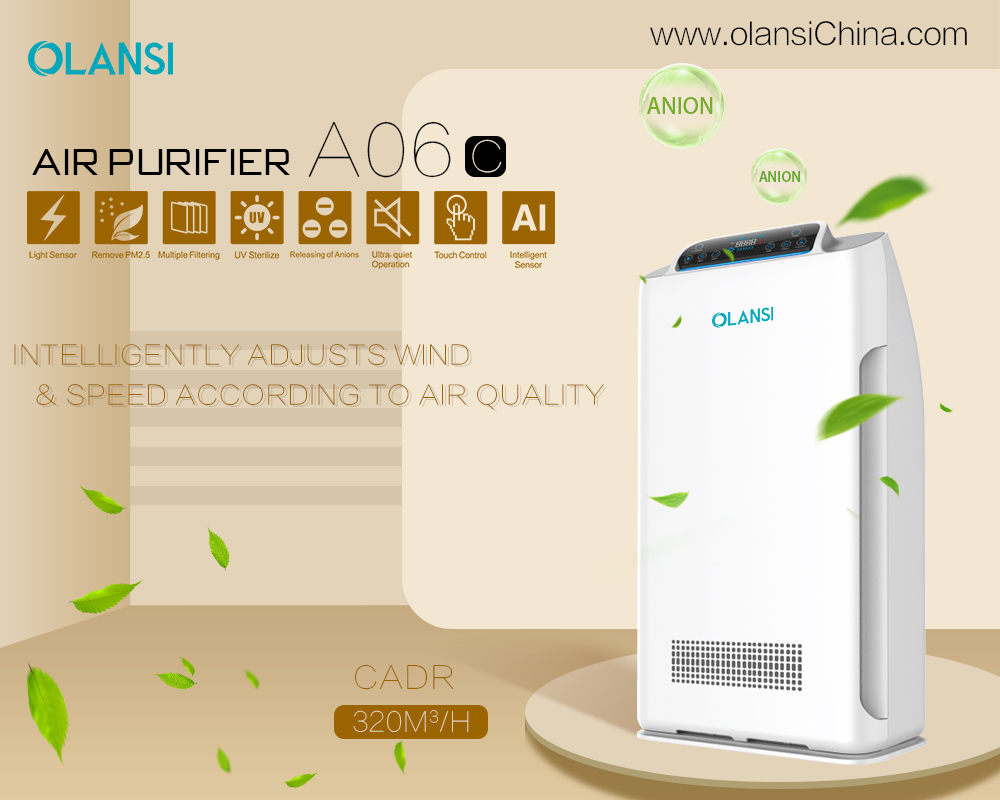
Conclusion: Choosing the Best Air Purifier for Mold
The best air purifier for mold depends on your specific needs—room size, budget, and desired features. The Coway Airmega AP-1512HH Mighty is an excellent all-around choice for its performance, affordability, and quiet operation. For larger spaces, the Levoit Core 400S and NuWave OxyPure offer powerful filtration and advanced features. If UV-C light is a priority, the GermGuardian AC9600W excels. For small spaces or customization, consider the Oransi Airmend Small Room or Alen BreatheSmart series.
By selecting a purifier with a True HEPA filter (or better), considering UV-C light for added protection, and following proper usage guidelines, you can effectively combat mold and improve your indoor air quality. With the right air purifier, you’ll breathe easier knowing your home is a healthier, mold-free environment.
For more about what is the best air purifier for mold, you can pay a visit to Olansi at https://www.olansgz.com/product-category/air-purifier/ for more info.



